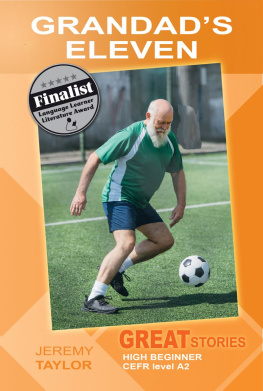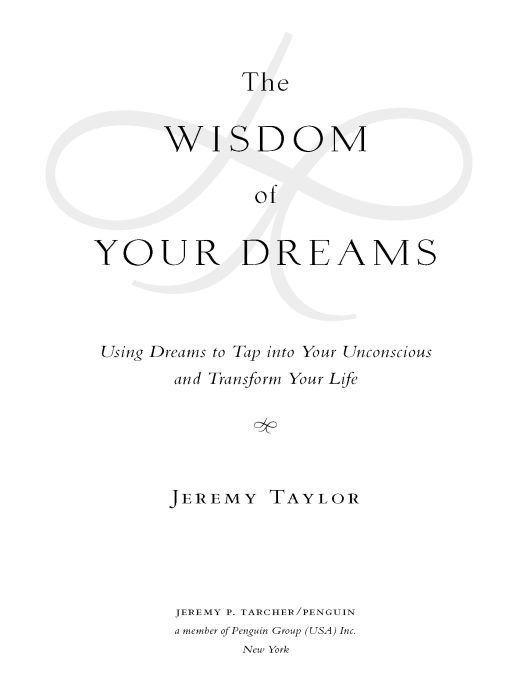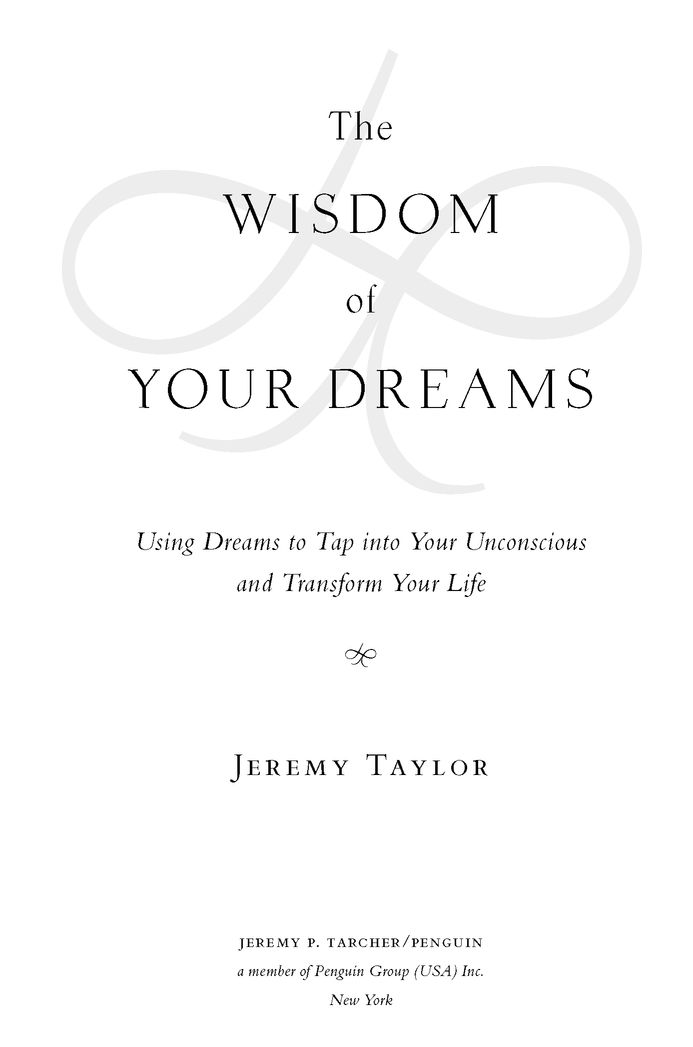Table of Contents
To
My wife, Kathryn,
My daughter, Trismegista,
and
Joan and Myrin Borysenko
with
gratitude for their
support and enthusiasm
BRIEF INTRODUCTION AND ACKNOWLEDGMENTS
Curiosity has ruled my life since childhoodcuriosity about life, about love, about the great possibilities and frustrating limits of creative expression. I have always wondered about the obvious and not-so-obvious connections that weave individual psychology, family, society, and history together into a single complex phenomenon. Just what are these subtle, shaping psychospiritual energies and patterns, mostly hidden, but revealing themselves often enough to demonstrate that they really are there, just below and beyond the surface of obvious waking appearance? What are these archetypes that influence and arrange the events in the material world, just as they also organize and form the deepest foundations of my own character and personality? All these intriguing, lifelong questions have found a unifying focus in my endless curiosity and ever-increasing excitement about the deeper meanings and implications of dreams.
Careful and sustained exploration of the multiple layers of deeper meaning that inhere in every dream remembered from sleep (and in every spontaneous upwelling of interior life in waking life as well) has occupied my passionately focused professional and personal attention for more than forty years. (In 2008, I turned sixty-five. I began my sustained inquiry into dreams and dreaming in my early twenties; so the math is inescapable.)
I continue to be buoyed up and renewed by all I have learned and continue to learn from this inquiry into the nature and the multiple meanings and implications of dreams, and the way they simultaneously reflect and influence my own actions as well as the actions and behaviors of others, and events in the wider world. This investigation has taught me some very important things, particularly about the possibilities and limits of human freedom.
We human beings, regardless of gender, language, age, ethnic heritage, intelligence, physical capabilities, beliefs, and so on, are only as free as we are conscious and self-aware. Our actions are predetermined, automatic, and unfree to the precise extent that we remain unconscious and unaware of our deeper interior drives and dramas. It is a continuum: as we become more conscious, self-aware, and aware of our multilayered relationships with others, and with the depths of our own unconscious psyches, we are also provided with the expanding opportunity to become more free, creative, compassionate, and expressive in the outer world.
No matter where we may fall on this continuum of evolving consciousness, we are always free to either follow or ignore the subtle and startling suggestions that our dreams make about how we might become more healthy and whole, while at the same time we are never free to avoid the consequences, both calculated and unintended, of these choices.
As I contemplate the release of this new book, I am filled with great excitement and enthusiasm. It is a significant undertaking, a major updating of my earlier work, Where People Fly and Water Runs Uphill: Using Dreams to Tap the Wisdom of the Unconscious, woven together with a significant amount of new material in the main body of the text. It includes a correction (it was, of course, Annie Besant who hailed the young Krishna Murti as the avatar of the age, not her distinguished predecessor, Madame Blavatsky), along with a new chapter addressing the connections between developing individual consciousness and self-awareness, and the development of human consciousness as a whole. There is also an updated reference and bibliographic guide.
This new work includes an extended discussion of some aspects of my work exploring dreaming and working with dreams that have developed and become more speech-ripe in the years since the original publication of Where People Fly in 1992.
I am particularly grateful to Susan Rosen, the founder and director of Miriams Well, the wonderfully welcoming, multifaceted spiritual retreat and action-oriented conference center in Saugerties, New York, where I have been privileged to work for many years, and also to her husband, Richard. Susan and Richard and the staff and participants in the Miri ams Well programs have been unfailingly supportive of my work. Susan has been especially helpful in advocating the publication of this book. Thank you, Susan.
I also want to thank all my friends and dream work colleagues who responded so generously to my request that they tell me what books and other resources they have come to rely on and make most use of over the years in their explorations of dreams. I am also grateful to my editor at Tarcher/Penguin, Joel Fotinos, whose deft support and sensitive guidance have improved this book beyond my expectations.
My greatest gratitude is to Kath, my wife, life partner, and cosmic co-creator. Thank you, my love, for everything that you have done, that you do, and that you are and are becoming as we continue to grow together (all puns intended).
I must also express my profound debt and gratitude once again to all the dreamers over the decades who have trusted me, and the consciously projective way of work I teach and practice, enough to have opened your hearts, minds, and lives to me, to one another, and (anonymously) to you, the reader. Thank you allyou know who you are. Without you, without your trust, generosity, and exemplary courage, none of this exciting, life- and world-shaping work would have been possible.
AN INITIAL WORD ABOUT ANONYMITY AND CONFIDENTIALITY
In order to work successfully with dreams, either one to one or in a group setting, it is absolutely necessary that the people sharing their dreams feel safe. The simplest way to promote this sense of individual and collective safety is for all dream work to be strictly confidentialin other words, for it to be understood and agreed at the outset that there will be no discussion of the dreams, or the work with the dreams, outside regular group meetings.
Over the years, however, I have become convinced that although strict confidentiality does promote this necessary sense of safety, it also tends to violate an equally important need: the freedom to be open, spontaneous, and intimate in all communication with friends and loved ones. To be healthy and whole, we must be free to discuss and explore candidly the details of our inner and outer experience with the people we care most about, whether those people were initially present for all those experiences or not.
To balance these two equally important needs, I always encourage the individuals and groups with whom I do dream work to agree to anonymity in all conversations about dream work outside the group. Under such an agreement, the people involved in group dream work are free to discuss and write about their insights and experiences, provided no individual dreamer is identifiable, and with the clear understanding that it only takes one request for confidentiality for everyone involved to shift into that more restricted mode. Such agreements encourage free and open communication. The freedom to speak openly and anonymously about the details of working with dreams also tends to spread information and enthusiasm about the exciting possibilities of working with dreams in groups.











